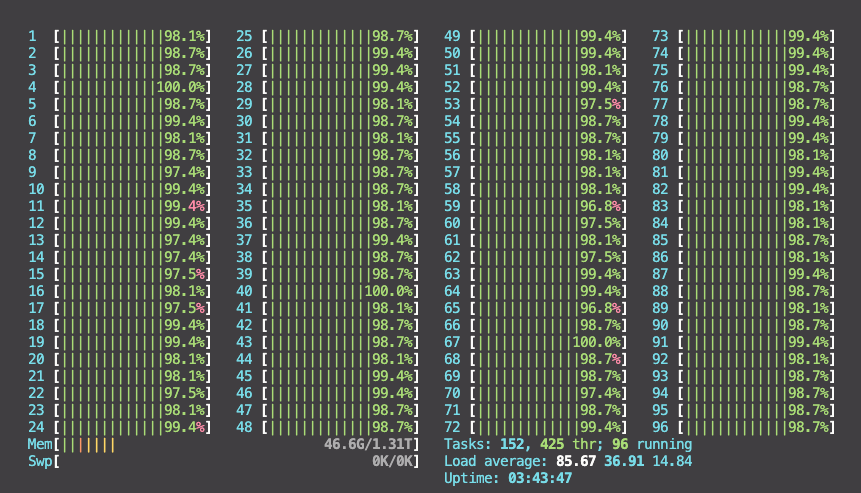The development of Wordcab Transcribe
As a machine learning engineer and open-source enthusiast, I've always been driven by the desire to create solutions that bridge the gap between technological capability and universal accessibility.
Out of this pursuit, Wordcab Transcribe was born - a FastAPI based API for transcribing audio files using Faster-Whisper and NVIDIA NeMo.
This journey of creating an open-source, production-ready transcription service has been both challenging and rewarding.

